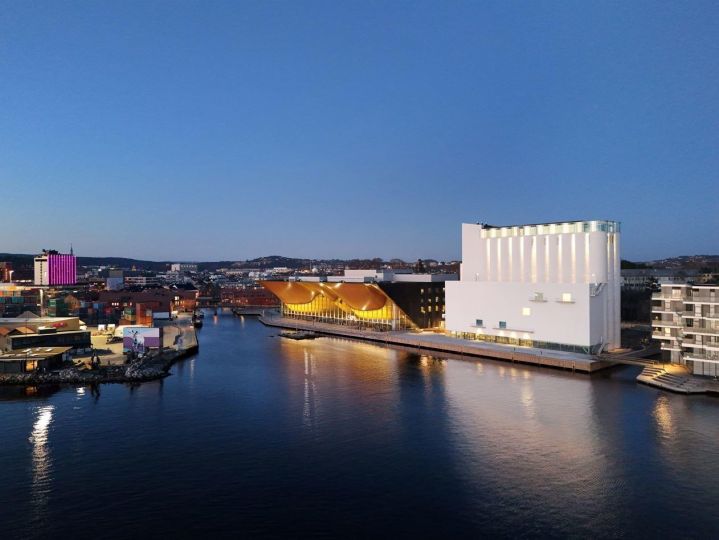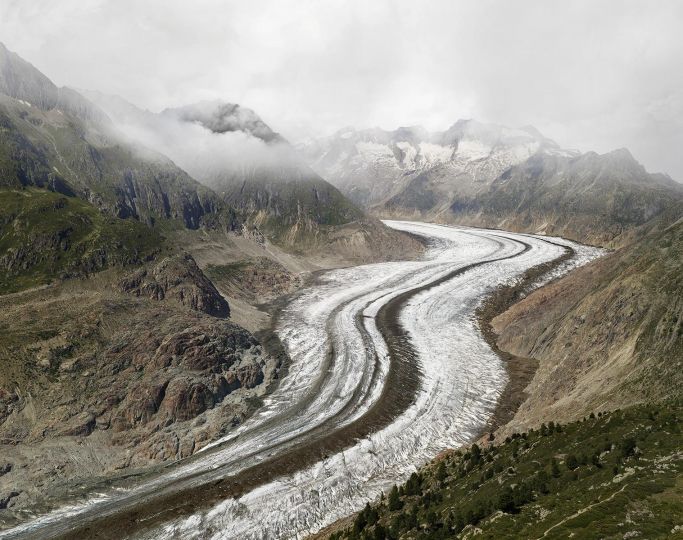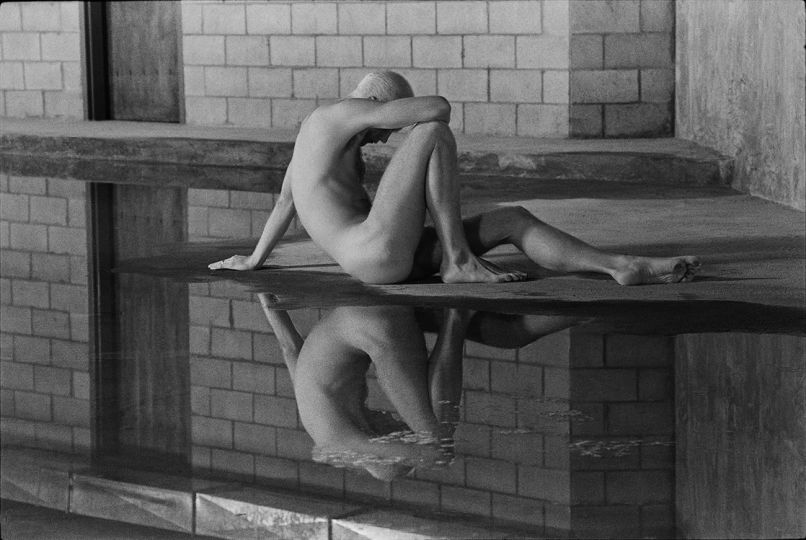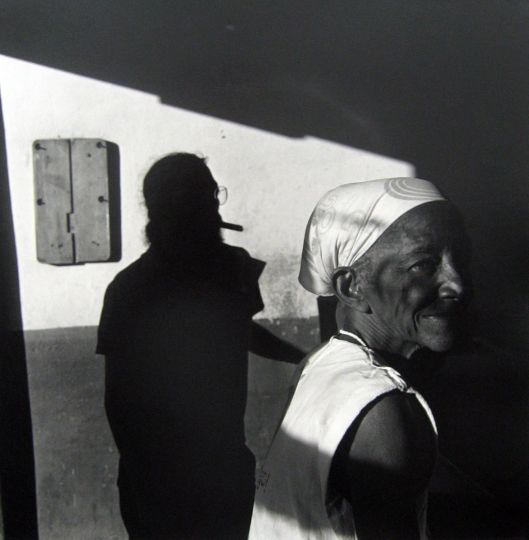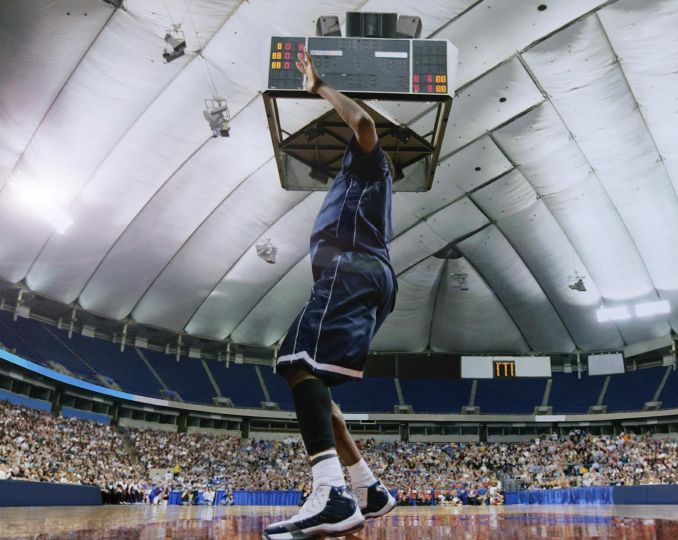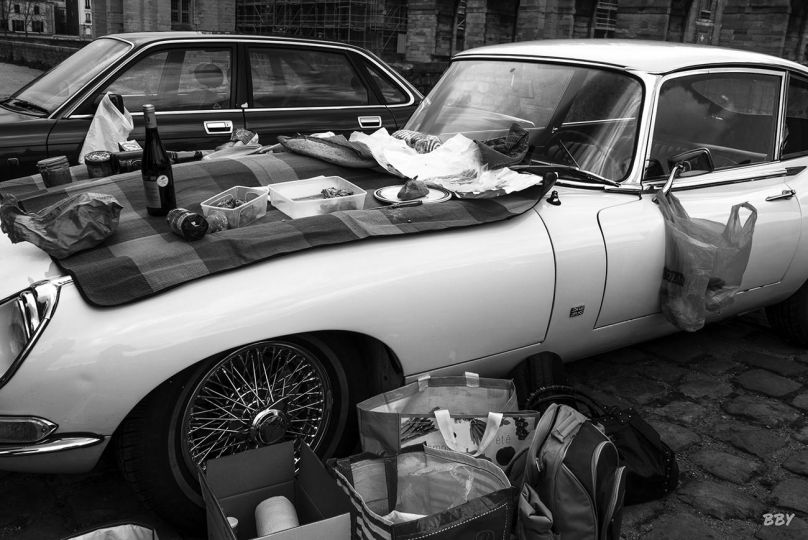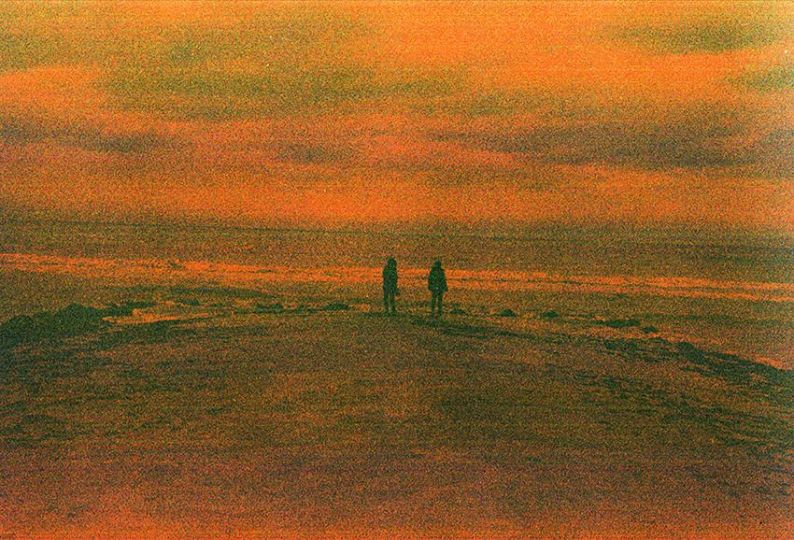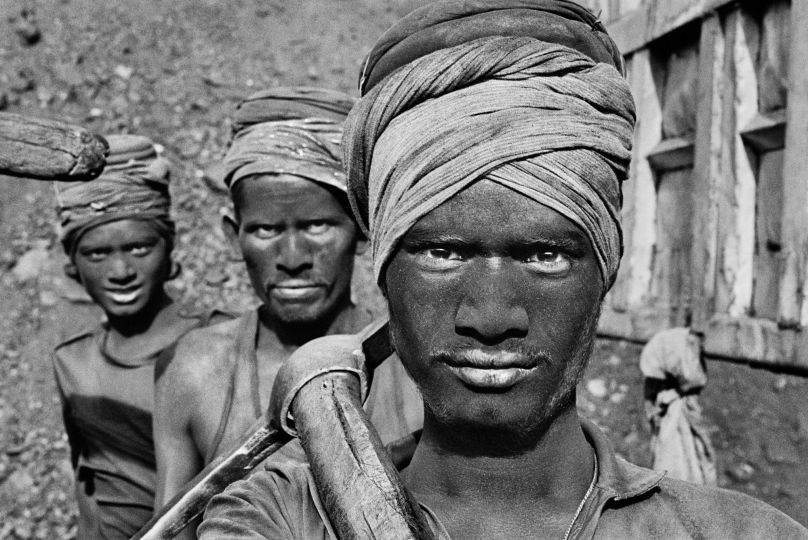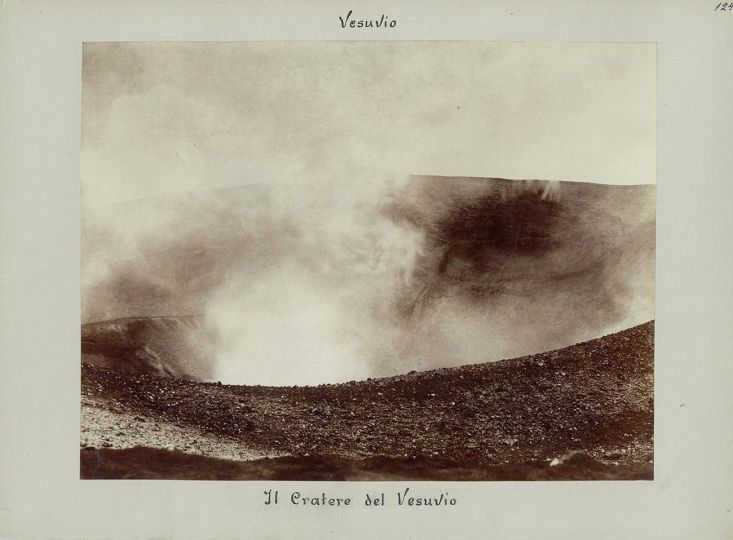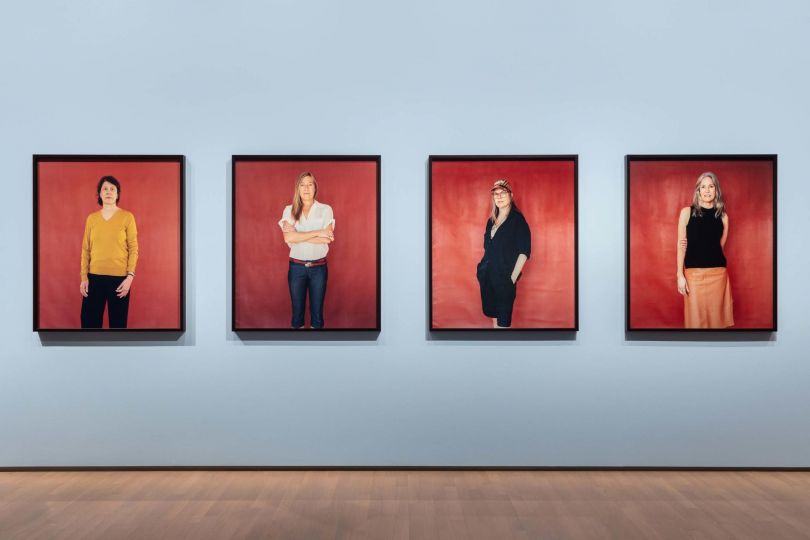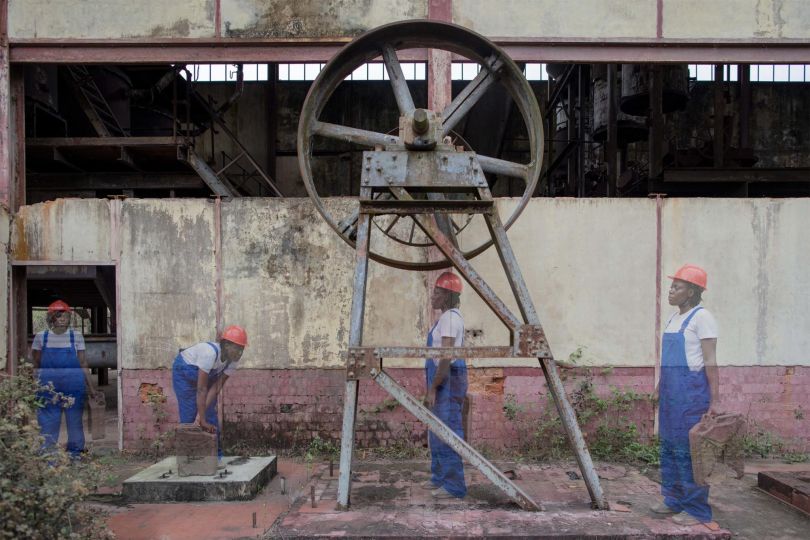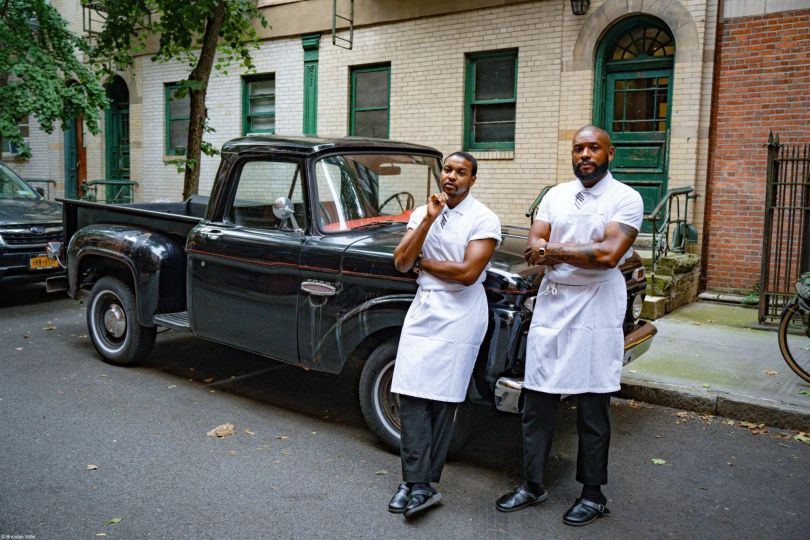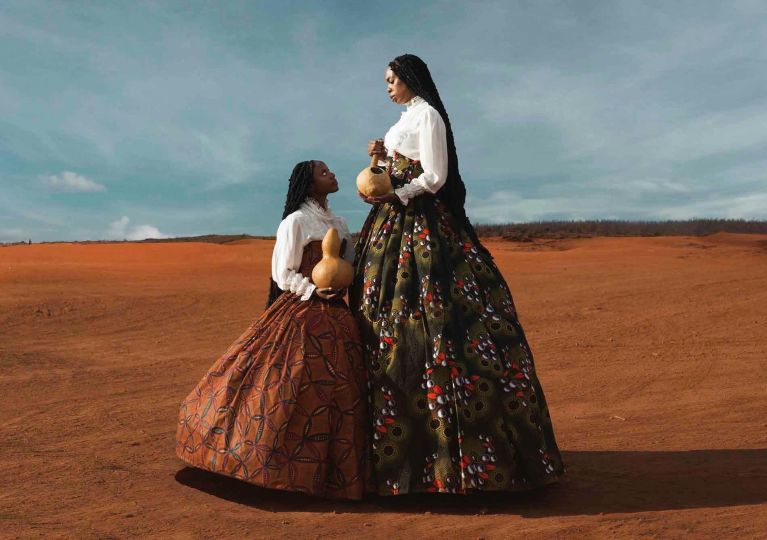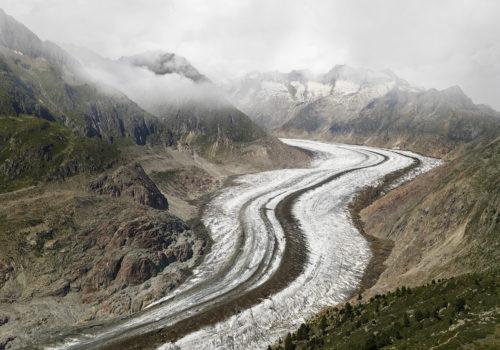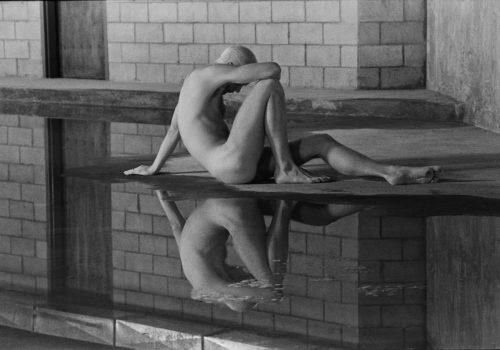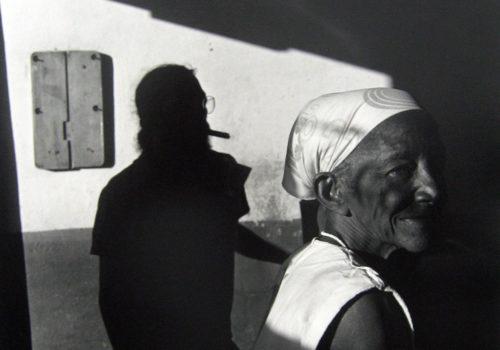In April 2024 opened a new museum on the harbour of Kristiansand (Norway), the Kunstsilo Museum. Gathering three different museum collections, including The Tangen Collection, the contemporary art institution has drawn attention on its accomplished architecture and vividly well-thought programming. Without overstating things, Kunstsilo might well be considered as one of the most seductive cultural institutions in the Nordic world.
Kunstsilo is above all an architectural achievement, the fruit of the renovation of a former grain silo functioning up until 2008. Built in 1935 on the eastern pier of the Odderøya Island, the silos were imagined by architects Arne Korsmo and Sverre Aasland, and are considered to be the first modernist architecture in Norway. Operational in December 1935, with a capacity of 15 000 tons of grain, the 15 cylindrical cells, each standing 38 metres tall, received any kind of grains produced in the region.
In 1939, Arne Korsmo and Sverre Aasland received the Houen Fund’s Certificate, Norway’s highest prestigious award for architecture. Just like in the U.S. with Buffalo (“Silo City”) or on the banks of Northern France and Belgium, concrete silos were considered from the late nineteenth, with the first constructed in 1899 in Minnesota, till the end of the Second World War to be the “first fruits of the new age” by Le Corbusier. The French architect knew their functional use as well as their symbolic vertical visual impact, when he included a list of concrete silos over the world as the beginning illustrations and examples of his famous book, Towards an Architecture (1923).
Kristiansand has other silos punctuating its banks, some of them still receiving oil and chemical liquids, but Korsmo and Aasland rapidly became a symbol of modernity. The silos were a source of proudness, just like concrete church Notre-Dame de Royan (France) or the Guggenheim in New York, and having them transformed by the Mestres Wåge Arquitectes Studio in an outlined, elegant and simple museum also tells now how modernity is at heart.
Appointed as the new Kunstsilo Director, following the Vest-Agder County Museum Director Reidar Fuglestad who supervised the silo renovation, Maria Mediaas Jørstad describes the shape of an ambitious museum. “The museum has grown from 40 people to 150 people and wishes to be at the centre of local art scene here.” The museum is a neighbour across Kilden Performing Arts Centre, and has participated in a festival called Fragments together with a dozen local institutions, like the Kristiansand Kunsthall or the University of Agder.
Another development of the museum will be its position as an institution in Norway but also in Northern Europe. Kunstsilo has already bound with seventeen museums all over Europe that look at Nordic Art, like the Nasjonalmuseet and the Munch Museum in Oslo or the Moderna in Stockholm. “The network is now composed of seventeen institutions, and we’re looking for more partnerships that will allow new conversations, new crossings for our collections.”
The museum is also very active with education programmes. “We learnt that 75 % of the kids that came by busses from our wide region had never been to a museum before. But we also discovered that 85 % of them wanted to come back after their first visit!” From that perspective, Kunstsilo already plays a pivot role as a local, democratic and advocating institution.
“Not so long ago, the Norwegian Culture Department launched a report from the United States,” continues Maria Mediaas Jørstad. “It revealed that only 1% of people who had not been exposed to art, who did not have the chance to come into a museum, were voting. While 40% of them were voting when they could discover art in an institution. Kunstsilo’s main idea is to engage people with art, people and ideas, to figure themselves and to become conscious of their society, and it begins with children”.
The Kunstsilo gather three different collections: two inherited from the past local museums -the Southern Norway Art Collection and the Christianssands Billedgalleri – while housing The Tangen Collection. In 2015, Nicolai Tangen donated his art collection to his hometown Kristiansand. The following year, the perpetual right of disposal for the works was given to the former Sørlandets Kunstmusuem under the auspices of the AKO Art Foundation. Tangen’s collection is viewed as the largest collection of Nordic modernism, and more widely gathers work from the Nordic scenes (Norway, Finland, Sweden, Denmark and Iceland) from the late 1890s till today.
“Our programme intends to show this collection in dynamic curated exhibitions, like the show on Modernism we have currently,” describes Maria Mediaas Jørstad. “Mette Tronvoll’s exhibition is also a good example of a Norwegian artist that was supported throughout her career by Nicholai Tangen, and emphasized our idea of defending a Nordic scene”, just like Finish artist Elina Brotherus coming to Kunstsilo next Spring. The collection evolves in many directions, and photography is one of them with prominent figures like Elina Brotherus, Dag Alveng, Tiina Itkonen, Tom Sandberg, Kåre Kivijärvi, Christer Strömholm, Anders Petersen, Pentti Sammallahti, Sune Jonsson, Eva Klasson.
More information:

